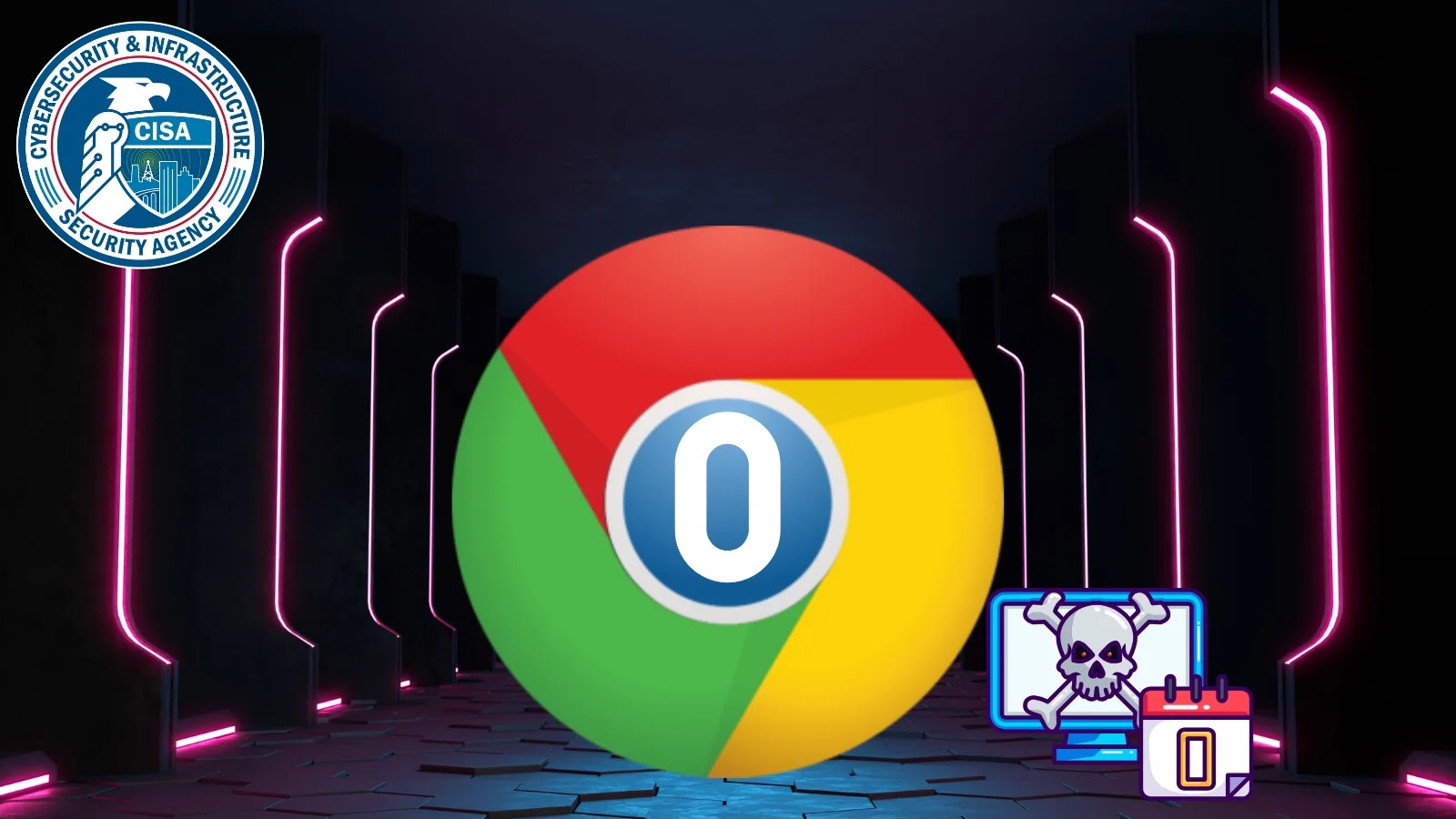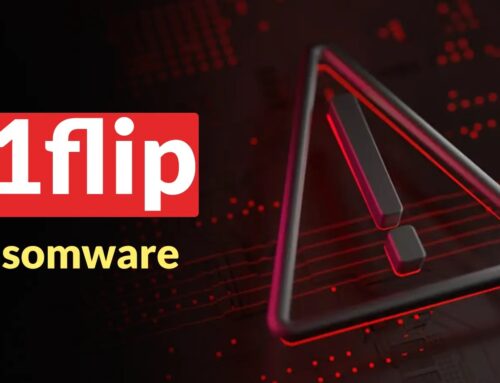
CISA Warns of Google Chrome 0-Day Vulnerability Exploited in Attacks
The digital landscape is once again buzzing with urgent warnings, this time from the U.S. Cybersecurity and Infrastructure Security Agency (CISA). They’ve issued a critical alert concerning a zero-day vulnerability in Google Chrome, designated CVE-2025-13223. This isn’t just a theoretical threat; it’s actively being exploited by malicious actors, posing a significant risk of remote code execution and data breaches for Chrome users globally. Understanding the nature of this threat and implementing timely countermeasures is paramount for maintaining robust cybersecurity posture.
Understanding the Google Chrome 0-Day Vulnerability
A “zero-day” vulnerability refers to a software flaw that is unknown to the vendor, meaning there are no patches or fixes available yet. In this instance, CVE-2025-13223 specifically targets the Chromium V8 JavaScript engine. This engine is a cornerstone of the Chrome browser, responsible for executing complex web applications and scripts at high speed. A flaw within this critical component opens the door for attackers to execute arbitrary code on a victim’s machine, potentially leading to complete system compromise, data theft, or the installation of further malware.
The exploitation of such a vulnerability often occurs through malicious websites or specially crafted web content. Users who visit these compromised sites, sometimes unknowingly through phishing attacks or malvertising, could inadvertently trigger the exploit without any further interaction. The stealth and effectiveness of zero-day exploits make them a favored tool for sophisticated threat actors, including state-sponsored groups and highly organized cybercriminal syndicates.
Impact and Risks Associated with CVE-2025-13223
The ramifications of a successful exploit of CVE-2025-13223 are substantial. Primarily, the ability to achieve remote code execution (RCE) grants an attacker profound control over the affected system. This could mean:
- Data Breaches: Attackers can access, exfiltrate, or encrypt sensitive personal and corporate data, leading to privacy violations and significant financial losses.
- System Compromise: RCE allows for the installation of additional malware, including ransomware, spyware, or keyloggers, turning the victim’s machine into a launchpad for further attacks.
- Lateral Movement: A compromised browser can serve as an entry point into an organization’s internal network, enabling attackers to move laterally and compromise other systems.
- Reputational Damage: For businesses, a successful attack can result in severe reputational damage, customer distrust, and regulatory fines.
Given the widespread adoption of Google Chrome globally, the potential attack surface for this zero-day is enormous, making CISA’s warning particularly urgent for individuals and enterprises alike.
Remediation Actions and Mitigations
While Google works on an official patch for CVE-2025-13223, immediate action is required to minimize exposure. The following steps are crucial:
- Update Google Chrome Immediately: As soon as Google releases a patch, it is imperative to update your browser. Enable automatic updates to ensure you receive fixes promptly. Regularly check
chrome://settings/helpfor the latest version. - Employ Least Privilege Principles: Operate your computer with the least necessary administrative privileges. This can limit the impact of a successful exploit.
- Exercise Caution with Suspicious Links: Be extremely wary of unsolicited emails, messages, or pop-ups containing links. Phishing attacks are a common vector for zero-day exploits.
- Utilize Security Software: Ensure your antivirus and anti-malware software are up-to-date and actively scanning. Endpoint Detection and Response (EDR) solutions can provide an additional layer of protection by detecting suspicious activity.
- Consider Alternative Browsers (Temporarily): If you operate in a high-risk environment or handle extremely sensitive data, consider temporarily using a different browser that may not be affected by this specific vulnerability, while keeping Google Chrome updated and monitoring for patches.
- Network Segmentation: For organizations, implement network segmentation to limit an attacker’s ability to move laterally across the network if a workstation is compromised.
Tools for Detection and Mitigation
Leveraging appropriate tools is vital for a proactive and reactive security strategy against vulnerabilities like CVE-2025-13223. Here’s a table of useful categories and examples:
| Tool Category | Purpose | Examples |
|---|---|---|
| Endpoint Protection Platforms (EPP) | Real-time threat detection, prevention, and response on endpoints. | CrowdStrike Falcon, Microsoft Defender for Endpoint, SentinelOne |
| Vulnerability Scanners | Identify known vulnerabilities in software and systems. | Nessus, OpenVAS, Qualys VMDR |
| Intrusion Detection/Prevention Systems (IDS/IPS) | Monitor network traffic for malicious activity and block threats. | Snort, Suricata, Palo Alto Networks NGFW |
| Secure Web Gateways (SWG) | Filter web content, block malicious sites, and enforce security policies. | Zscaler Internet Access, Forcepoint ONE, Cisco Umbrella |
| Browser Security Extensions | Enhance browser security, block trackers, and prevent malicious scripts. | uBlock Origin, HTTPS Everywhere, NoScript (use with caution) |
Conclusion
CISA’s warning about the actively exploited Google Chrome zero-day vulnerability, CVE-2025-13223, underscores the persistent and evolving nature of cyber threats. While the absence of an immediate patch can be concerning, adopting robust security practices, staying informed, and applying Google’s forthcoming updates without delay are your strongest defenses. Vigilance, combined with a layered security approach and an understanding of potential attack vectors, is essential for protecting your digital assets in this challenging environment.





